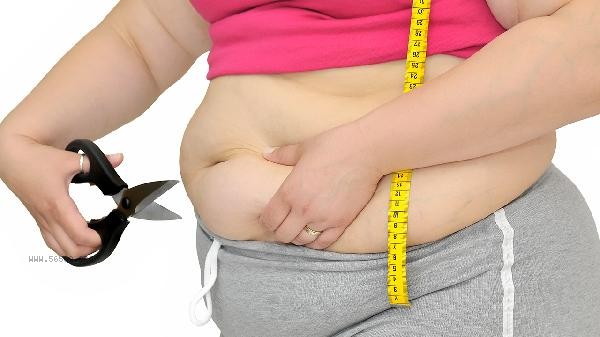Losing 160 pounds to 120 pounds requires a combination of scientific dietary control and regular exercise. During the weight loss process, it is necessary to avoid extreme dieting, prioritize adjusting the diet structure and increasing calorie consumption, while paying attention to basic metabolic protection and mental health.

1. Dietary structure adjustment
Replace refined carbohydrates with whole grain foods, such as brown rice instead of white rice. The daily intake of vegetables should be at least 500 grams, with priority given to dark vegetables such as broccoli and spinach. The main sources of protein are chicken breast, fish, and soy products, and low oil cooking methods such as steaming and boiling are used. Control the intake of cooking oil to no more than 25 grams per day to avoid hidden fat intake.
2. Calorie Gap Control
It is safer to create a daily calorie gap of 300-500 kcal, which can be accurately calculated through a dietary record app. To avoid sudden and significant reduction in calories leading to metabolic adaptation, it is recommended to adjust the diet plan every two weeks. Pay attention to replenishing sufficient water, and it is recommended to drink at least 2000 milliliters of water per day.
3. Aerobic Exercise Schedule
Engage in 4-5 moderate intensity aerobic exercises per week, each lasting for at least 40 minutes. Choose exercise modes such as brisk walking, swimming, and elliptical machines that have less joint pressure. During exercise, the heart rate is maintained within the range of 60% -70% of the maximum heart rate, and the exercise intensity can be monitored through the heart rate band.

4. Strength training combined with
2-3 full body resistance training sessions per week, with a focus on training large muscle groups such as the legs and back. Use basic methods such as elastic bands and weight training to gradually increase training intensity. Increased muscle mass helps to improve resting metabolic rate and prevent muscle loss during weight loss.
5. Behavioral habit optimization
Establish a regular eating schedule and avoid adding meals at night. Use small utensils to control the amount of food consumed at a time, chew slowly and prolong the eating time. Record daily diet and exercise, regularly measure changes in body circumference instead of frequent weighing. Ensure 7-8 hours of high-quality sleep per day and regulate stress hormone levels.

It is recommended to lose no more than 5% of your original weight per month during the weight loss process, and the goal of losing 40 pounds can be achieved in stages. When encountering a plateau period, adjust the exercise mode or dietary nutrient ratio, and consult a professional nutritionist if necessary. Maintaining a healthy lifestyle in the long term is more important than losing weight quickly, and cultivating sustainable eating and exercise habits is necessary to maintain an ideal weight. Regularly conduct body composition testing, pay attention to changes in body fat percentage and muscle mass, and avoid simply pursuing weight loss.








Comments (0)
Leave a Comment
No comments yet
Be the first to share your thoughts!